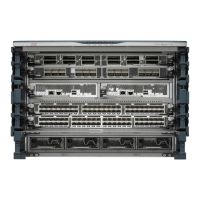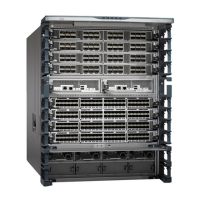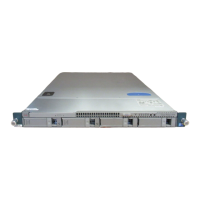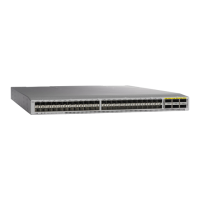Send document comments to nexus7k-docfeedback@cisco.com.
7-15
Cisco Nexus 7000 Series NX-OS Unicast Routing Configuration Guide, Release 4.x
OL-20002-02
Chapter 7 Configuring OSPFv3
Configuring Basic OSPFv3
• Reference bandwidth—Controls the calculated OSPFv3 cost metric for a network. The calculated
cost is the reference bandwidth divided by the interface bandwidth. You can override the calculated
cost by assigning a link cost when a network is added to the OSPFv3 instance. See the “Configuring
Networks in OSPFv3” section on page 7-17.
For more information about OSPFv3 instance parameters, see the“Configuring Advanced OSPFv3”
section on page 7-19.
BEFORE YOU BEGIN
Ensure that you have enabled the OSPFv3 feature (see the “Enabling the OSPFv3 Feature” section on
page 7-13).
Ensure that the OSPFv3 instance tag that you plan on using is not already in use on this router.
Use the show ospfv3 instance-tag command to verify that the instance tag is not in use.
OSPFv3 must be able to obtain a router identifier (for example, a configured loopback address) or you
must configure the router ID option.
Ensure that you are in the correct VDC (or use the switchto vdc command).
SUMMARY STEPS
1. config t
2. router ospfv3 instance-tag
3. router-id ip-address
4. show ipv6 ospfv3 instance-tag
5. copy running-config startup-config
DETAILED STEPS
Command Purpose
Step 1
config t
Example:
switch# config t
switch(config)#
Enters configuration mode.
Step 2
router ospfv3
instance-tag
Example:
switch(config)# router ospfv3 201
switch(config-router)#
Creates a new OSPFv3 instance with the configured
instance tag.
Step 3
router-id
id
Example:
switch(config-router)# router-id
192.0.2.1
(Optional) Configures the OSPFv3 router ID. This ID
uses the dotted decimal notation and identifies this
OSPFv3 instance and must exist on a configured
interface in the system.
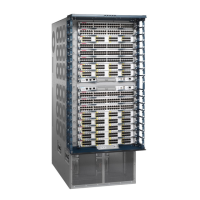
